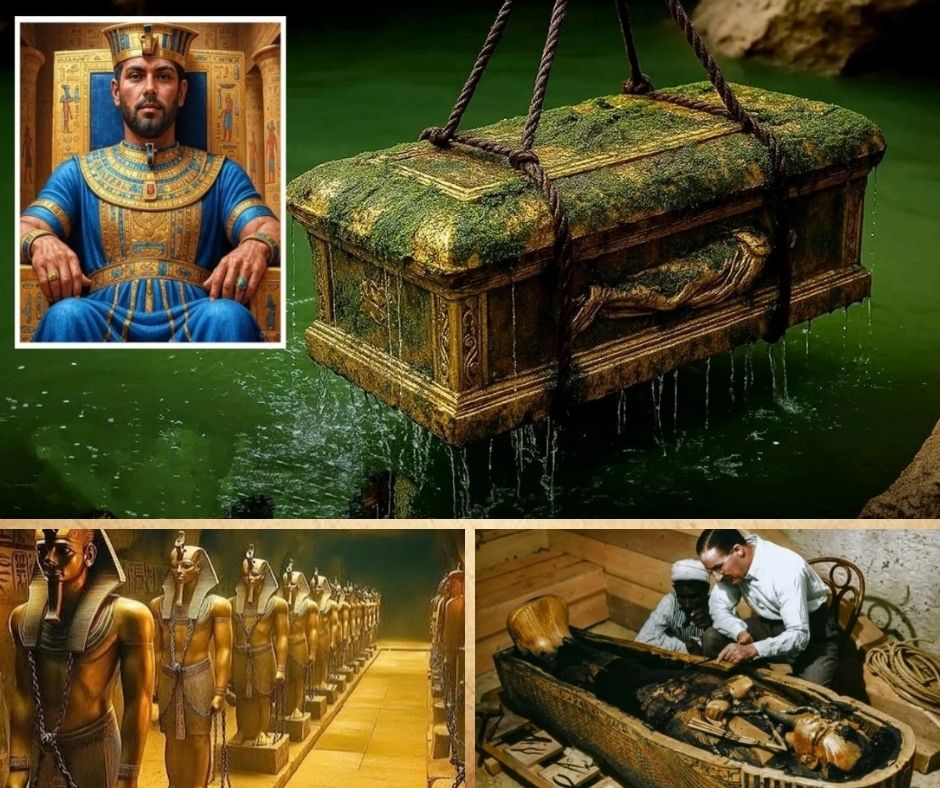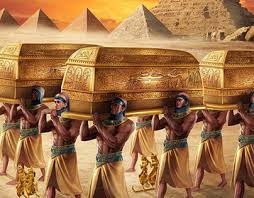In a monumental archaeological breakthrough, a new royal tomb has been uncovered in Egypt
In a monumental archaeological breakthrough, a new royal tomb has been uncovered in Egypt, marking the first discovery of its kind since the find of Tutankhamun’s tomb over a century ago. A joint Egyptian-British mission announced the unearthing of the burial site of King Thutmose II, a pharaoh from the 18th dynasty who reigned nearly 3,500 years ago. The tomb, located in the Theban mountains west of Luxor, was initially believed to belong to a royal wife due to its proximity to other burials of royal consorts. However, meticulous excavation and the discovery of inscribed alabaster fragments bearing the king’s name and that of his wife, the powerful Queen Hatshepsut, confirmed its true owner.

While the tomb itself was found to be in a poor state of preservation, likely due to ancient flooding that damaged its contents, the discovery is nevertheless being hailed as one of the most significant archaeological breakthroughs in recent history. The artifacts, including fragments of funerary furniture and parts of the ancient mortuary text “the Book of Amduat,” are providing unprecedented insights into the reign of Thutmose II and the burial rites of the New Kingdom. The find is particularly important as it sheds light on a pharaoh whose legacy was largely overshadowed by his more famous wife, Hatshepsut, and his son, Thutmose III.

The discovery of the tomb has also raised fascinating new questions, as the king’s mummy and main burial goods were not found within the burial chamber. This has led archaeologists to speculate that the contents were deliberately moved to a second, as-yet-undiscovered, tomb. This tantalizing possibility has ignited a renewed search in the area, with the hope of one day locating the king’s original, and possibly intact, burial. The find has not only added a missing piece to the puzzle of ancient Egyptian royalty but has also opened a new frontier for exploration, promising further revelations about one of the world’s most enduring and mysterious civilizations.
